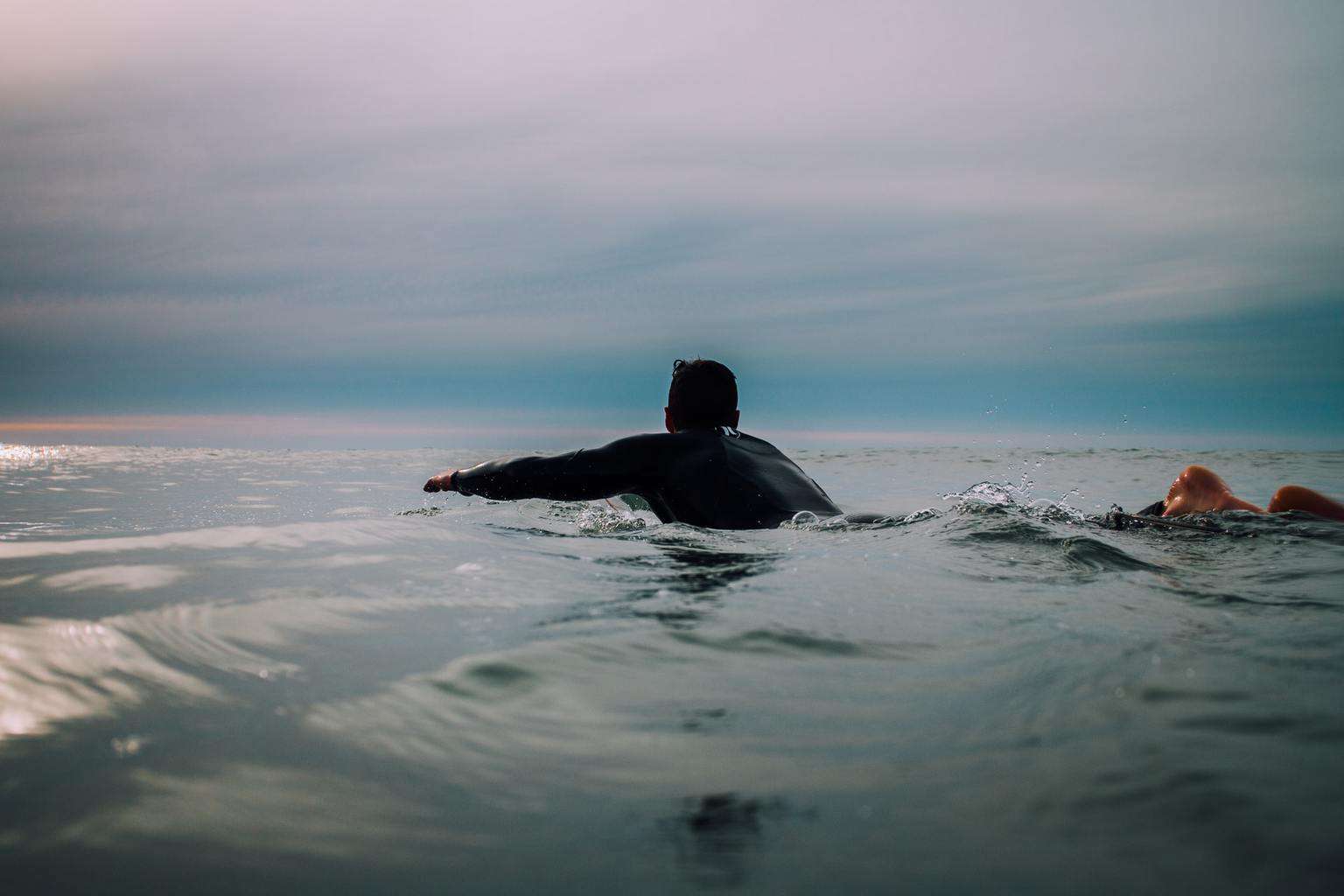Have you ever woken up in the morning with a sharp pain in your elbow, or perhaps experienced a similar pain while paddling past the break, or while popping up?
This elbow pain, commonly known as tennis elbow, is a common occurrence for many surfers.
Also known as surfer’s elbow, the strain on the tendons and muscles in the funny bone area due to a lack of stretching and repetitive movement can be painful and in some cases prevent you from performing daily activities, let alone surfing.
The following article will take a look at what surfer’s elbow is, how it is caused, what you can do to prevent, and help cure the ailment.
- What Is Tennis Elbow?
- Is Surfing Elbow the Same Like Tennis Elbow?
- How Can Surfing Cause Tennis Elbow?
- How Can I Tell if I Suffer From Tennis Elbow?
- How Can I Avoid Getting Tennis Elbow When Surfing?
- Can I Go Surfing When I Already Have Tennis Elbow?
- Conclusion
- You Might Also Like…
Disclosure: this post contains affiliate links (clearly marked with ), which means we may earn a commission if you buy something through them, at no additional cost to you.
What Is Tennis Elbow?
Tennis elbow, medically known as lateral epicondylitis, is a form of tendinitis (the swelling of tendons) that causes sharp pains in the elbow or arm due to inflammation.
Tennis elbow can occur at any age, however, it is more common after the age of 40.
Despite the name, tennis elbow is not only caused by playing tennis.
This injury can occur when repetitive motions are created by the wrist or forearm without the correct stretching.
These movements can stem from weight lifting, surfing, or even something as simple as typing on a keyboard for prolonged periods.
The reason this is called tennis elbow is that it is more common among people who maintain a firm gripping action (such as holding a tennis racket), especially in sports where the thumb and first two fingers are held in tension.
Tennis elbow (or surfer’s elbow) creates tears and strain on the outside tendons of the elbow, while golfer’s elbow (also a form of tendinitis) inflames the inside tendon.
Is Surfing Elbow the Same Like Tennis Elbow?
Surfer’s elbow is almost always a form of tendinitis, although it is the area of pain that will determine if it is the same as tennis elbow or golfer’s elbow.
As mentioned above, tennis elbow causes inflammation on the outside tendon, while golfer’s elbow inflames the inner tendon.
Although the pain in your elbow caused by surfing can be either, it is more common to experience pain on the outside tendon (tennis elbow) than the inner when relating the injury to surfing.
How Can Surfing Cause Tennis Elbow?
There are three main ways in which surfing can lead to tennis elbow:
- Paddling
- Popping up
- Lack of stretching
Tennis Elbow From Paddling on a Surfboard
Because tennis elbow is caused by the repeated contraction of the forearm muscles that are used to straighten and raise your hand and wrist, the continuous movement of paddling on a surfboard can lead to the same micro-tears in the elbow tendons.
As you repeatedly lift up your wrist before placing it in the water for a stroke, you put pressure on the outer tendon.
Similarly, as your hand enters the water, your wrist tends to flex in, using the inner forearm.
These two movements put continuous stress on both the lateral and medial tendons of the elbow. This is why tennis and golfer’s elbows are referred to as RSI (repetitive strain injury).
Tennis Elbow From Popping Up
Another way that surfer’s elbow can evolve from surfing, and in many ways worsen an acute injury, is from the pop-up maneuver.
It is not so much the popping up that causes this pain, but the push-up-like action that puts a strain on the tendons.
According to LiveStrong, the incorrect elbow position while performing a push-up can add additional stress to the tendons in the elbow, and over time lead to tendon problems.
When popping up, if your elbows are flared outwards, the pressure from your upper body will concentrate on your joints instead of your triceps, chest, and shoulders.
In a proper push-up position, your elbows should be over the wrists and at a 45° angle.
Lack of Stretching Can Cause Surfer’s Elbow
Although a lack of stretching will not directly cause surfer’s elbow, the limited range of motion can greatly increase the risks.
When the range of motion of the pronator and flexor muscles in the elbow are limited, the stress from movements can become concentrated in the elbows instead of distributed evenly throughout the arm.
How Can I Tell if I Suffer From Tennis Elbow?
If you are suffering from tennis elbow, you are likely to be experiencing pain on the outside of your upper forearm or just below the elbow.
However, inflammation and pain in between the elbow joints (humerus) are also common.
This pain, in severe cases, can also travel down the forearm and towards the wrist.
It is common to feel the most pain when performing actions such as gripping something, lifting or raising your hand, or straightening your wrist.
It will also be very noticeable while surfing as each stroke will hurt when paddling, and you will likely experience large amounts of pain in the elbow when trying to pop up.
How Can I Avoid Getting Tennis Elbow When Surfing?
When it comes to injuries, prevention is always better (and easier) than a cure.
According to the Newport Orthopedic Institute, there are several things you can do in order to avoid a tennis elbow injury.
These include:
1. Avoid Repetitive Actions
As surfing is inherently a sport that involves repeated movements such as paddling, there is no way to avoid this.
Therefore it is more important to apply the other steps to avoid injury.
2. Do Forearm Exercises
Performing daily forearm exercises such as simple wrist flexion and extension movements will help strengthen your forearm muscles.
When performing strenuous exercises, when the forearms become too tired, the stress from the movements becomes concentrated on the elbow joints.
This is especially important with surfing as it is a high-intensity exercise activity.
3. Take Breaks
If your arms become sore, it is an indication that you need to take a break.
While surfing, this could be a good time to paddle back to the shore, or alternatively, take a rest behind the back-line.
There is no crime in letting a few sets pass you as your arms rest.
It is better to lose a few waves now than injure yourself and be out of the water for weeks.
4. Practice Proper Form
As mentioned previously in this article, the incorrect elbow position when popping up can put unnecessary strain on the elbow tendons.
Maintaining the correct form while popping up, as well as paddling, will help reduce pressure on your joints, and therefore reduce the chances of an injury.
5. Warm-Up and Stretch
Before physical activity, it is important to get the blood pumping through your muscles.
This will increase the flexibility of the areas and improve the range of motion.
As mentioned, the greater the range of motion, the lower the risk of injury.
The following video demonstrates some exercises that you can perform before a surf, or when you are already suffering from elbow pain.
Some of these exercises will not be able to be performed on the beach before your surf.
However, the main take away from this is that you should practice a full range of motion on your forearms before hitting the waves.
Can I Go Surfing When I Already Have Tennis Elbow?
As a surfing enthusiast, it may seem near impossible to keep yourself out of the water when the waves are rolling in.
It is still possible to go surfing with tennis elbow, although it is not recommended.
If the pain in your elbow is mild, it may still be possible to hit the surf.
How do you know if you can still surf with tennis elbow?
This will be entirely up to you, but a good rule is to consider how much pain you are in.
If you cannot complete a push up on land due to the pain level, then it is very unwise to enter the ocean.
Not only is surfing a dangerous sport and requires you to be at your best, but you could damage your tendons further and create a life long problem.
If you are going to go for a surf while suffering from tennis elbow, you should consider the following:
- Surf smaller waves: Smaller swell naturally demands less from you.
If you do not need to continuously perform deep duck-dives, or paddle vigorously to get past a set, the pressure on your elbow and the work that your forearms need to do will be reduced.
- Use a bigger board: Consider using a longboard.
Not only will this make catching the smaller waves easier, but it will require less paddling to get onto the wave. The less stress you put on your elbow the better.
Another advantage of a bigger board is that you can use a different method to stand up.
Getting up slowly or by using the back foot first method will reduce the weight that your elbow needs to bear.
- Cut down the time: As tennis elbow is caused by long-lasting repetitive motions, it is important to reduce the time it is under stress.
Keep your surf sessions brief, and stop the moment the pain level rises.
- Consider an elbow brace: Although this should always be a last resort, as it hides the problem instead of solving it. An elbow brace may alleviate some of the pain.
If you are using an elbow brace, it is still important to follow the previous suggestions as the brace could create a false sense of security and lead to larger problems.
Conclusion
You do not need to play tennis to get tennis elbow.
Tennis or golfer’s elbow is a common injury seen in surfers because of the repetitive motions of paddling and popping up.
Tennis elbow can be painful and in severe cases keep you out of the water for months.
It is important to stretch properly before each session and if you are experiencing elbow pain, to give yourself rest.
It is better to miss a few good surf days than be out of the water for the entire season.
You Might Also Like…
-

Do Surfers Ride Switchfoot? 5 Benefits (& Why You Should Learn It)
-

Do Surfers Shave Their Legs? 5 Common Reasons (+Pros & Cons)
-

Do Surfers Wear Helmets? 8 Situations You Should Wear One (+4 Cons)
-

Do Surfers Poop in the Ocean? Myths & Facts (+5 Tips)
-
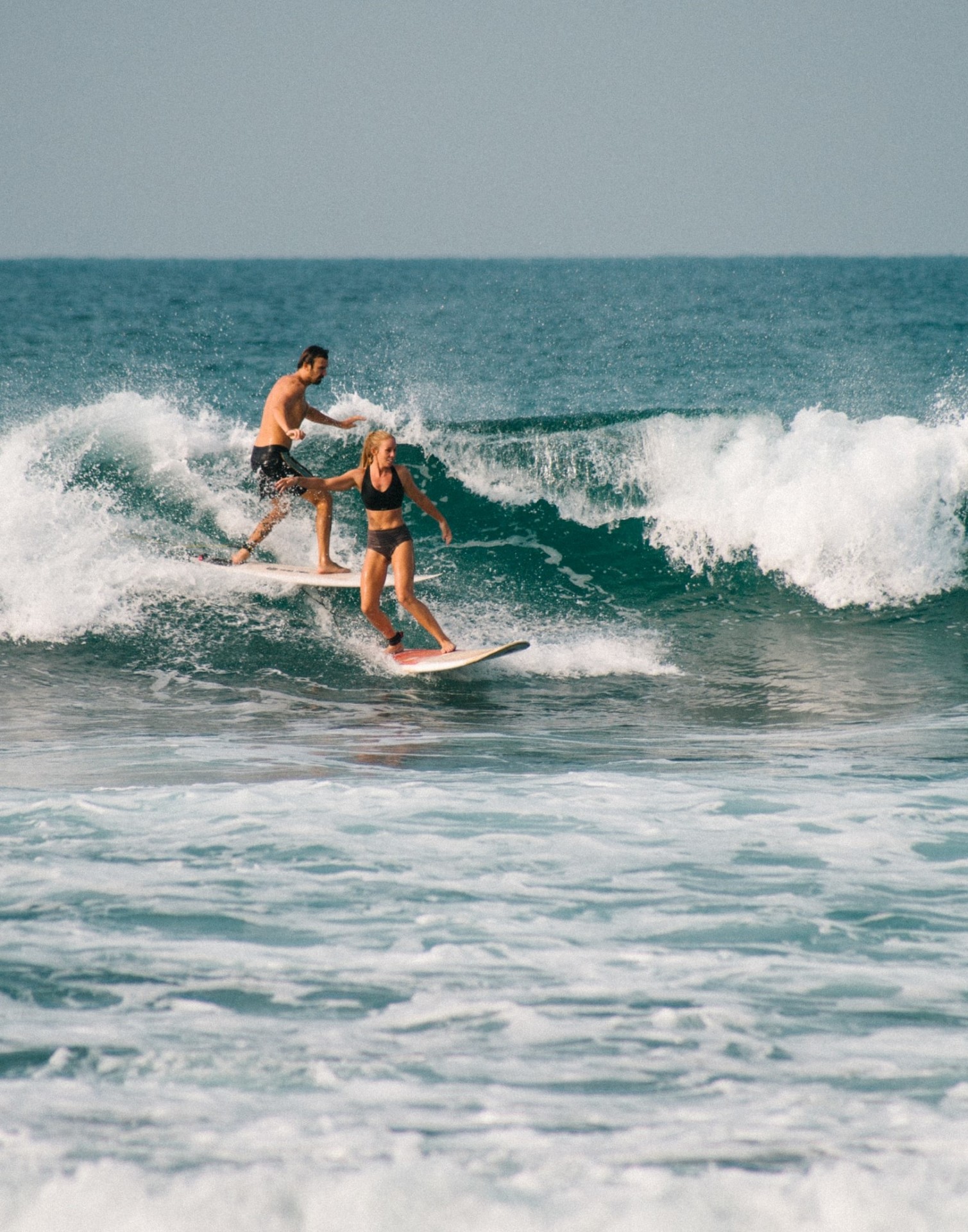
Do Surfers Run Into Each Other? 5 Common Reasons (+8 Tips)
-
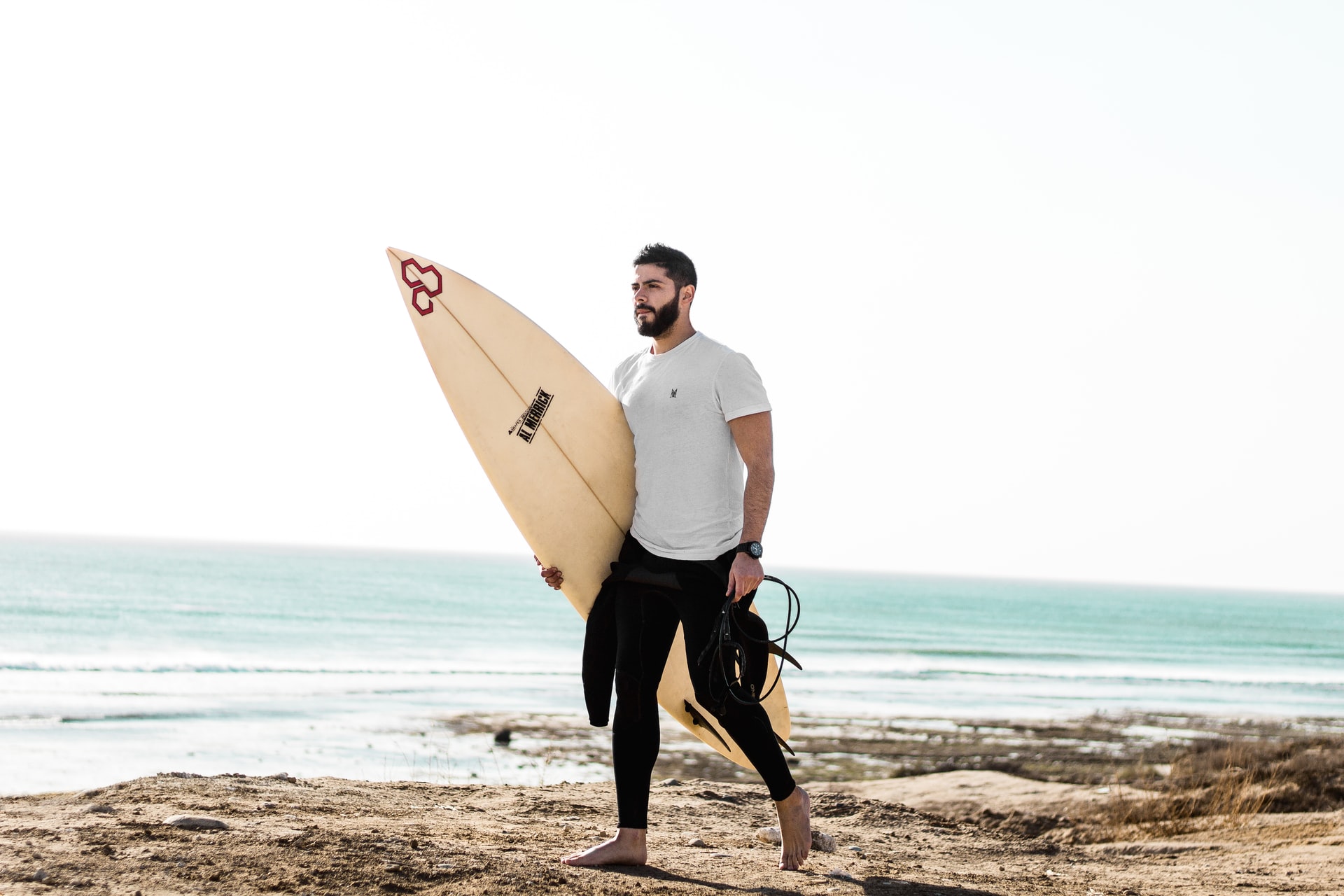
Do Surfers Have Beards? Pros & Cons You Should Know (+4 Tips)
-
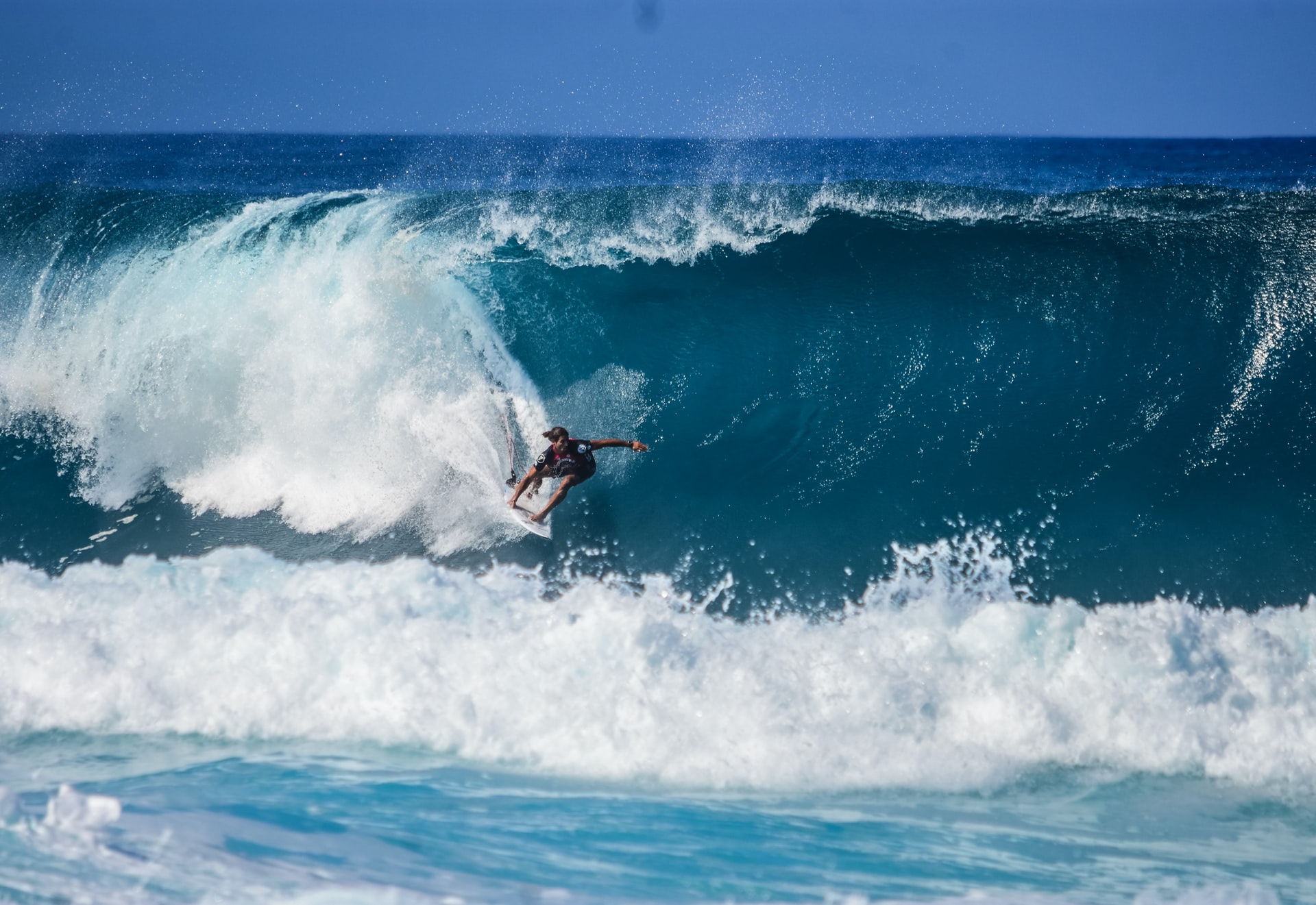
Do Surfers Like Constructive or Destructive Waves? (+Pros & Cons)
-

How to Surf Safely: 34 Crucial Tips (Every Surfer Should Know)
-
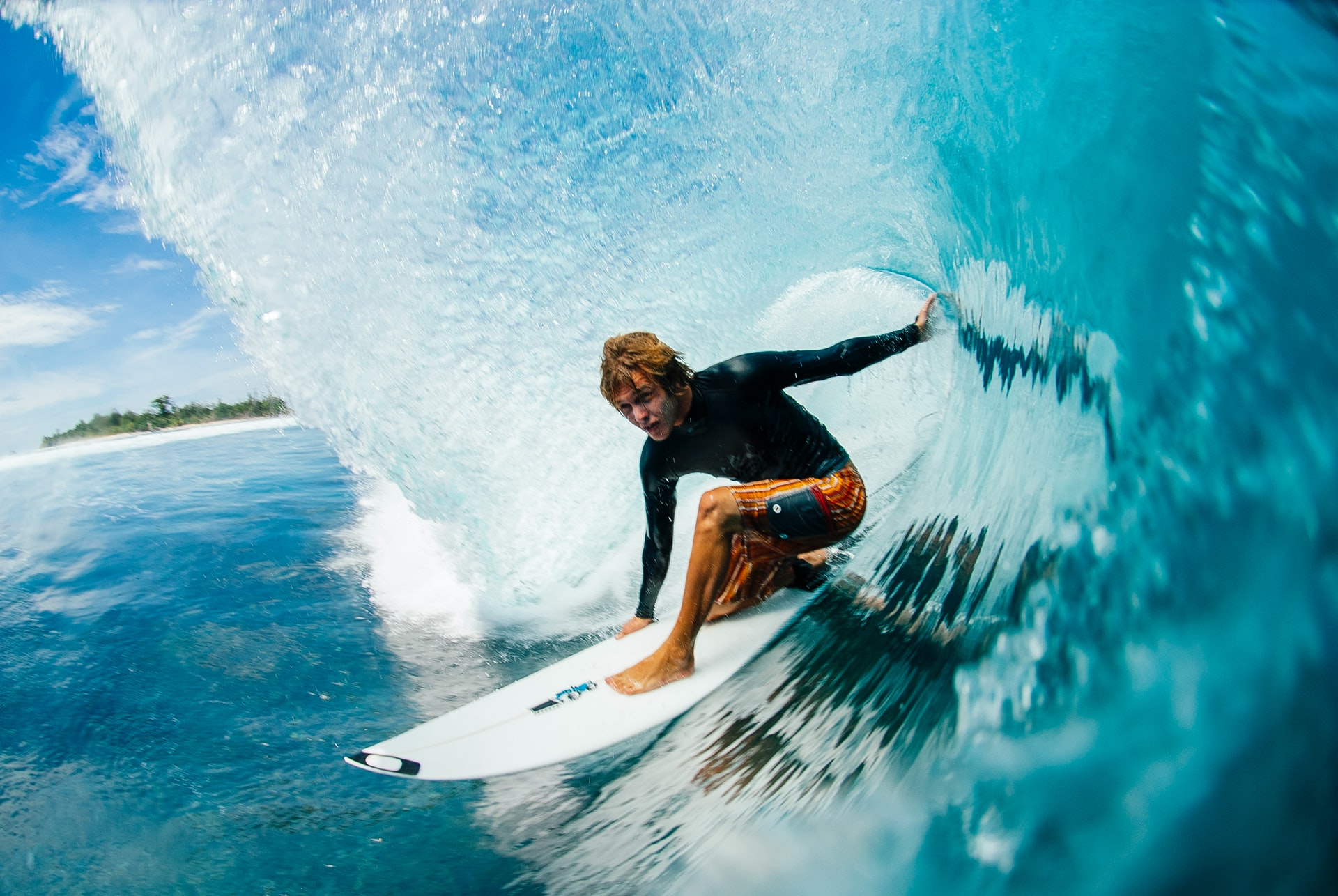
Do Pro Surfers Use Leashes? (+6 Reasons Why You Should Too)
-
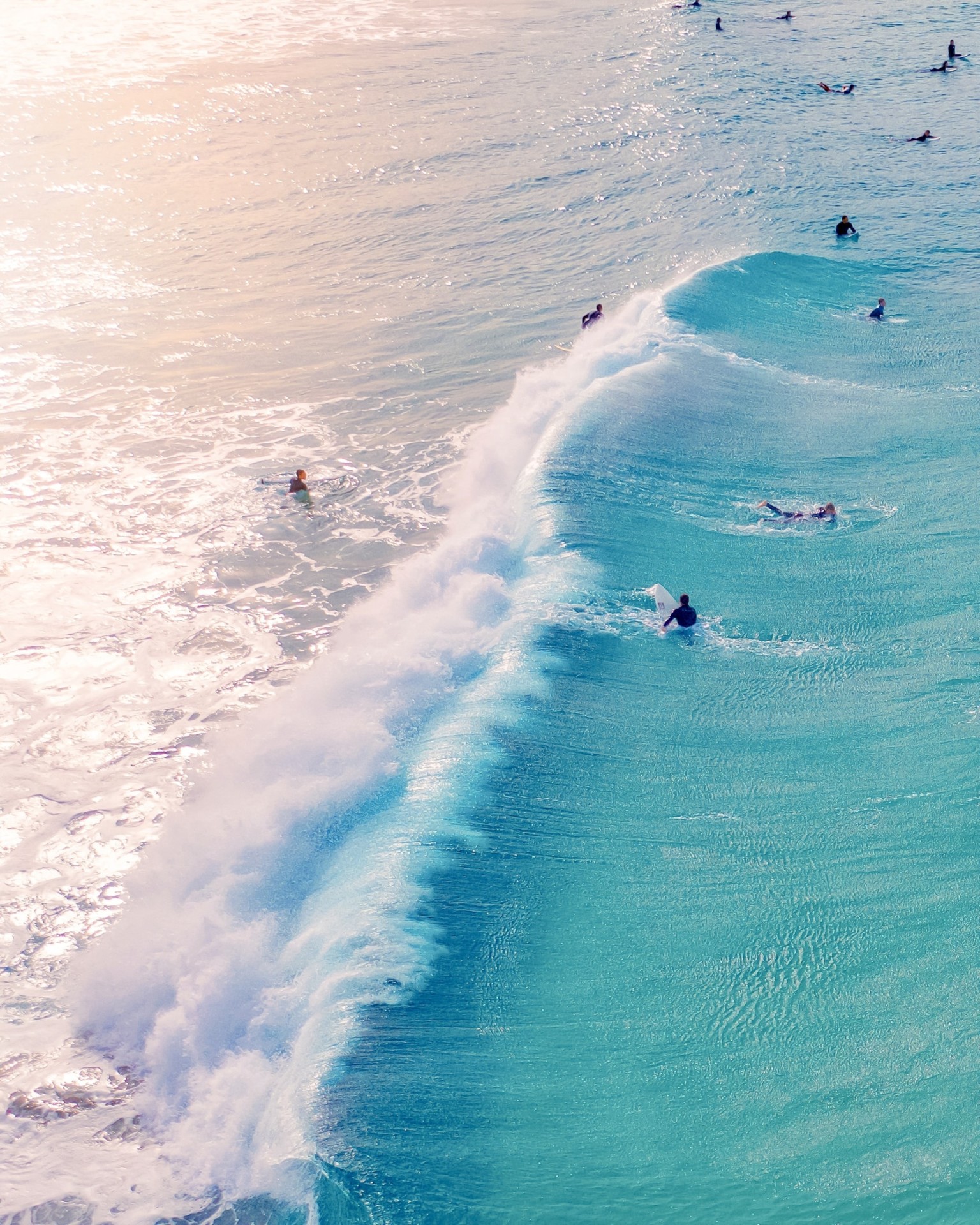
Do Many Surfers Drown? Here Are the Facts (+4 Common Reasons)
-
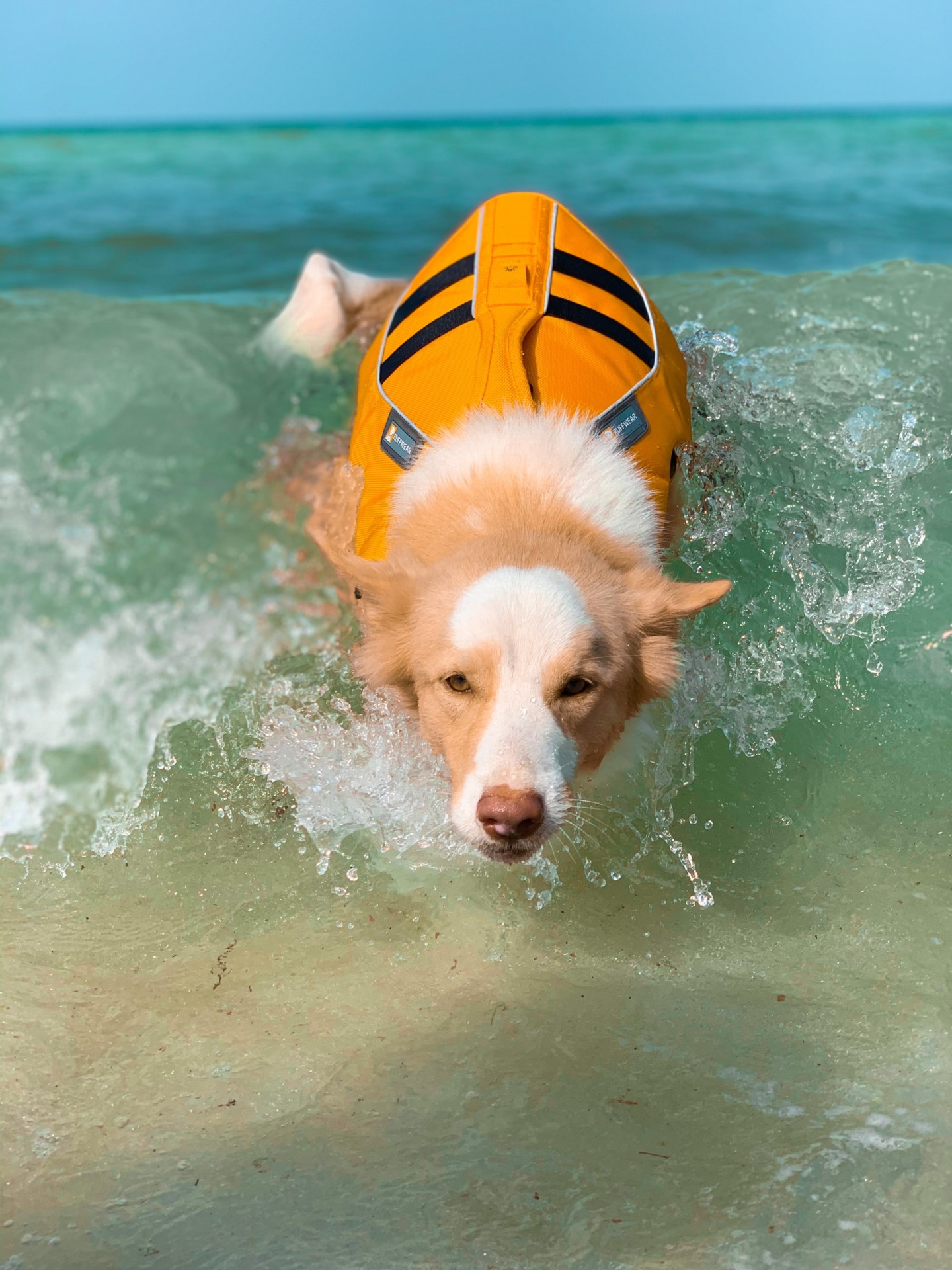
Do Surfers Wear Life Jackets? (7 Reasons Why They Don’t)
-
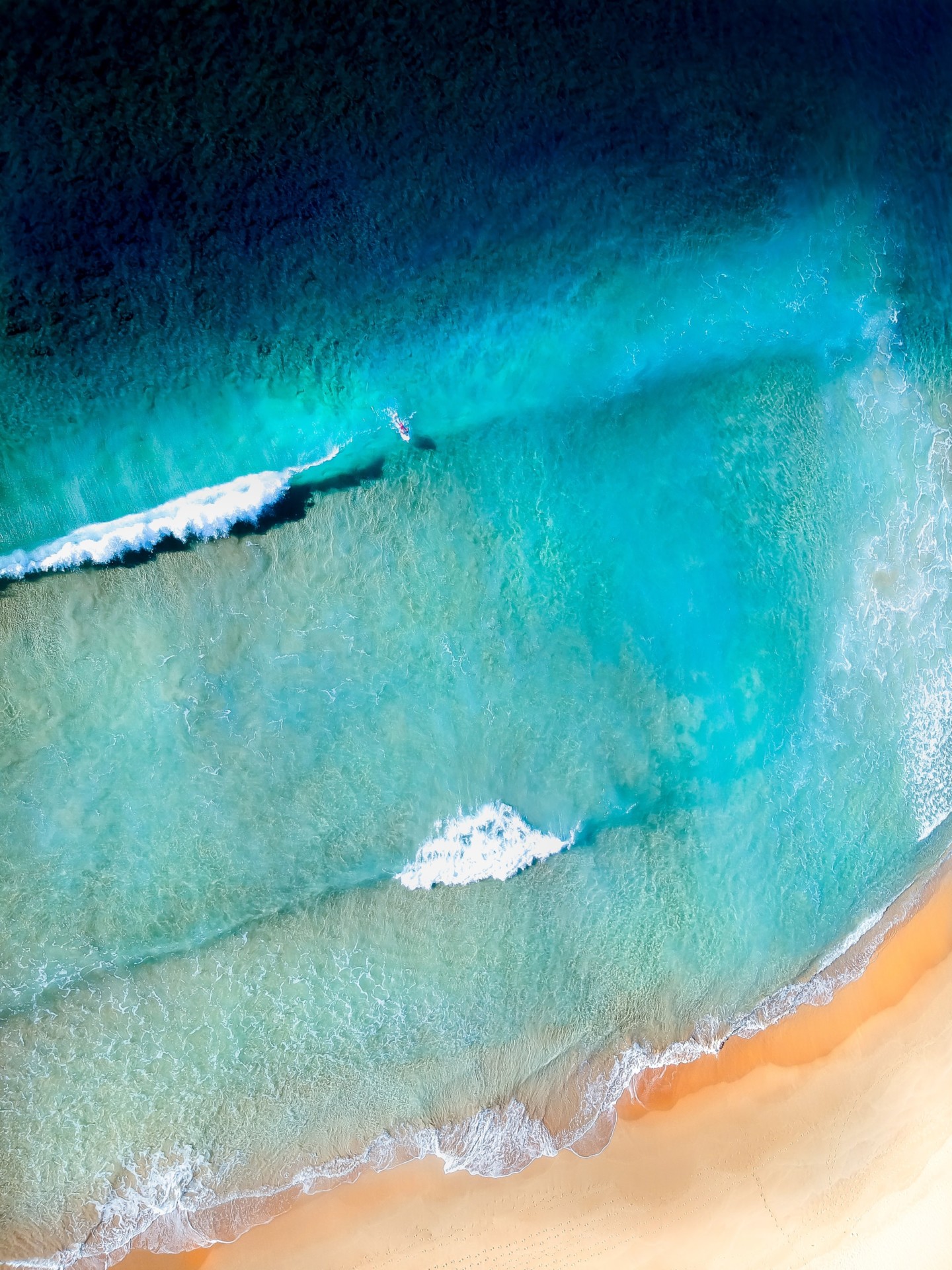
Do Surfers Like Rip Currents? (& How to Use Them Safely)

